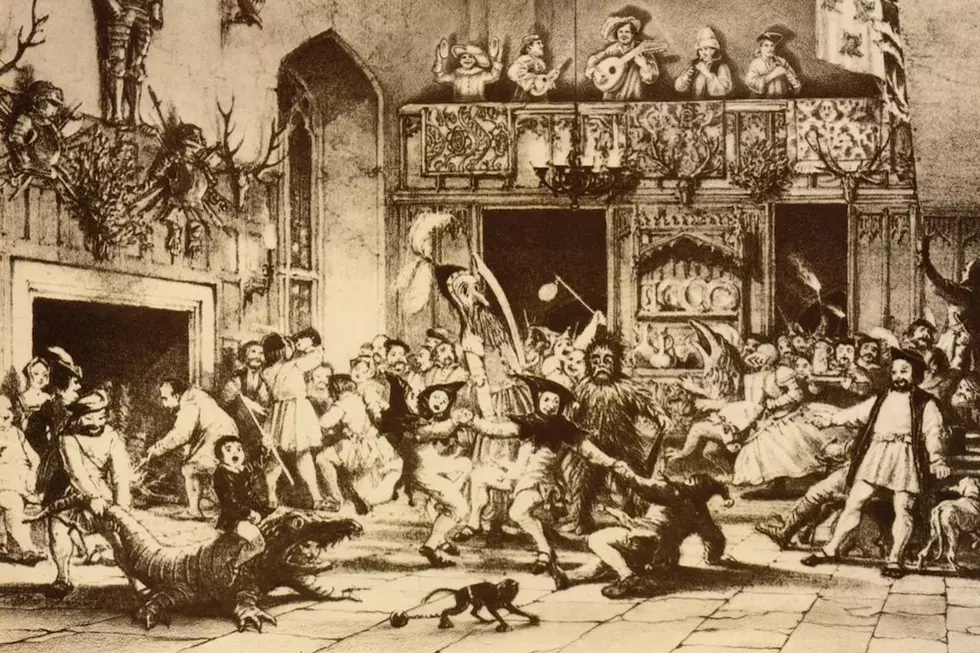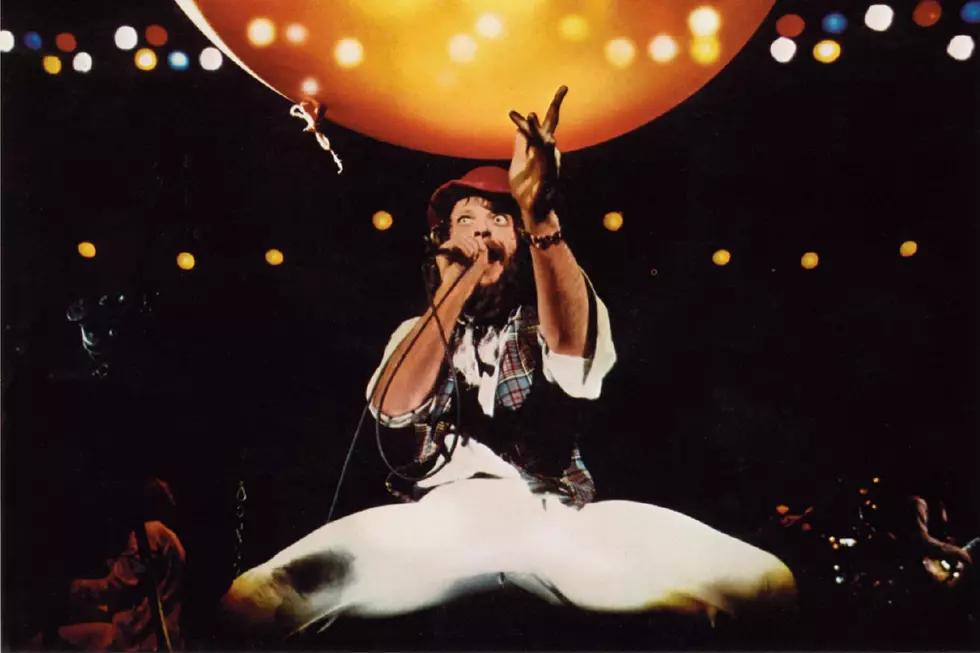
How Jethro Tull Pushed Ahead on Dynamic ‘Minstrel in the Gallery’
Nearly every '70s Jethro Tull LP is a direct reaction to what preceded it.
Thick as a Brick was a tongue-in-cheek prog-rock concept album conceived as a thematic middle finger to narrow-minded critics. A Passion Play was a darker corrective to that album's silliness, exploring a prog approach with a serious mindset; then War Child stripped back that excess, returning to a song-based format.
On Sept. 4, 1975, Ian Anderson stopped worrying about the larger trajectory and, simply put, wrote music. The resulting Minstrel in the Gallery, a dynamic blend of acoustic intimacy and heavy-rock rumble, is one of Jethro Tull's most cohesive records.
It started with a December 1974 composing session in a rented house in California, as Anderson abandoned his typical routine of compiling material on tour. Then, in another attempt to escape the U.K.'s harsh tax regulations, Jethro Tull relocated to Monte Carlo, setting up camp in a radio station formerly used by the Nazi party for propaganda broadcasts. Inspired by the success of bands like the Rolling Stones, the band utilized the Maison Rouge, their own newly constructed mobile studio, to record throughout April 1975.
The idyllic beach surroundings often became a distraction to the task at hand. Jethro Tull conducted badminton tournaments in the rehearsal space, using wire and newspapers as a net – an idea that guitarist Marin Barre claims was spearheaded by Ian Anderson. Yet it was Anderson who has often retroactively criticized his bandmates for goofing off during the sessions and sunbathing frequently to hit on local women. Instead of relishing the spirit of the vacation locale, Jethro Tull's frontman had became irked.
"It drives you crazy being somewhere like that for nearly two months," Anderson told Sounds that year. "It made me sick getting up in the morning and watching all these people lying on the beach with their amazing vanity.
"Most of them," he added, "are really ugly people, physically grotesque; the women are unattractive and the men are obscene. And they lie there in the sun getting a tan to go back home to the office and say, 'Look where I've been.' And they do nothing. ... I get very aggressive in that sort of situation, because I've got a lot of things to do. Anyway, no doubt some of that aggression came out in what I was singing about."
Listen to Jethro Tull's 'Cold Wind to Valhalla'
Regardless, the period inspired some of Jethro Tull's most enduring songs, including the opening title track (which incorporates a blaring guitar solo from Barre), the folky churn and jerky explosions of "Cold Wind to Valhalla," the acoustic-orchestral ballad "Requiem," the 17-minute epic "Baker Street Muse" and the sultry "Black Satin Dancer."
"It's a girl's song," Ian Anderson told Sounds of the latter track. "It's just a song recognizing sensuality. It's the type of song Led Zeppelin would write if they could write lyrics. Except, in fairness to Led Zeppelin, they would have had a better riff and it would have been heavier. With my lyrics and Led Zeppelin's music, we might arrive at something halfway there."
Minstrel in the Gallery is defined by two qualities: The acoustic-electric balance and the prominent string arrangements from David (now Dee) Palmer, conducting a string quartet.
"I'm sometimes surprised listening to the album just how much string music there is," Anderson admitted in the album's 2015 reissue liner notes. "But it was all very deliberate. For other albums, the arrangements for strings might have been done before I had recorded the song, but on the other hand, sometimes the song would have been recorded, and then it would be a case of sitting down to work out what sort of orchestral lines could fit in, and where.
"But for Minstrel in the Gallery," he noted, "the string parts weren't just bolted on; there was always the intention that they should be a meaningful part of the finished song, and they were considered at the time of doing the basic arrangements that we recorded."
A subsequent tour became the swan-song for bassist Jeffrey Hammond-Hammond, who left the lineup in November to explore his passion for painting – nearly nailing his prediction of only staying in Jethro Tull for five years. Anderson filled the void by recruiting John Glascock, a member of flamenco-prog band Carmen, who'd opened some shows for Tull that year.
This album's 40th anniversary was greeted with a sprawling multi-format reissue – including the deluxe "La Grande" edition, featuring six previously unreleased bonus tracks (seven in total) and a new 5.1 mix from Steven Wilson. But the original LP is testament enough: With Minstrel in the Gallery, Jethro Tull delivered another genuine classic.
Jethro Tull Albums Ranked
More From Ultimate Classic Rock









